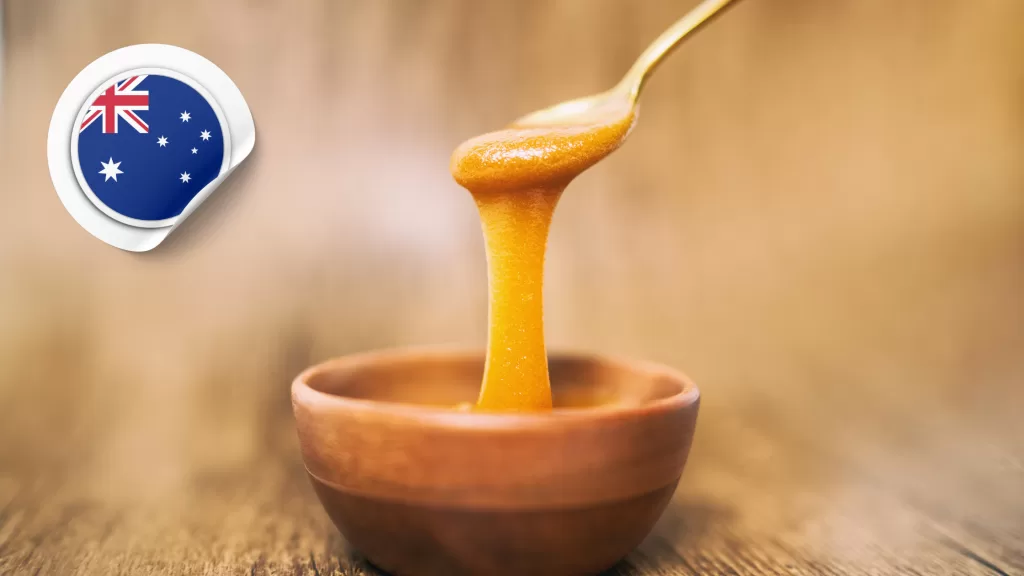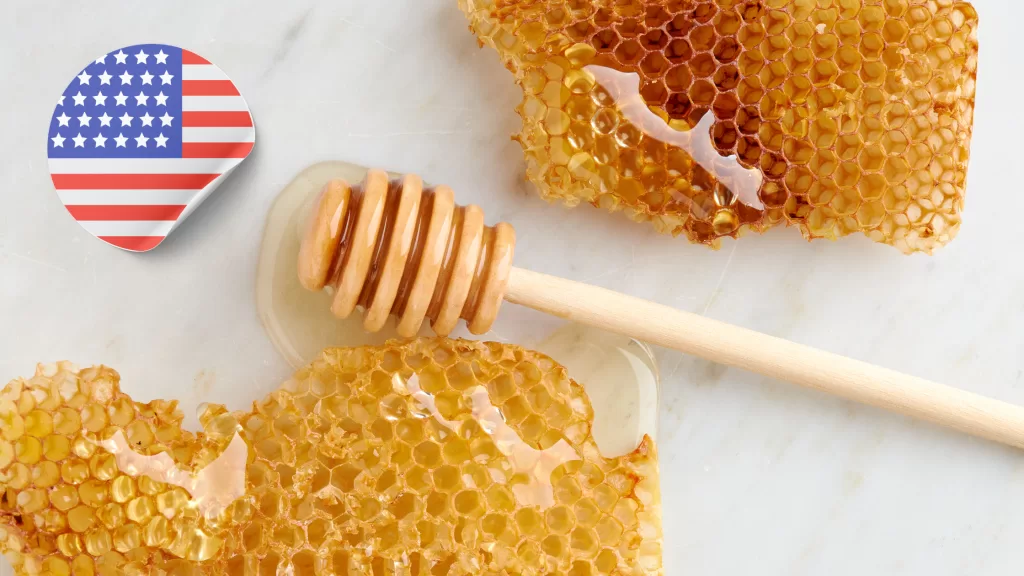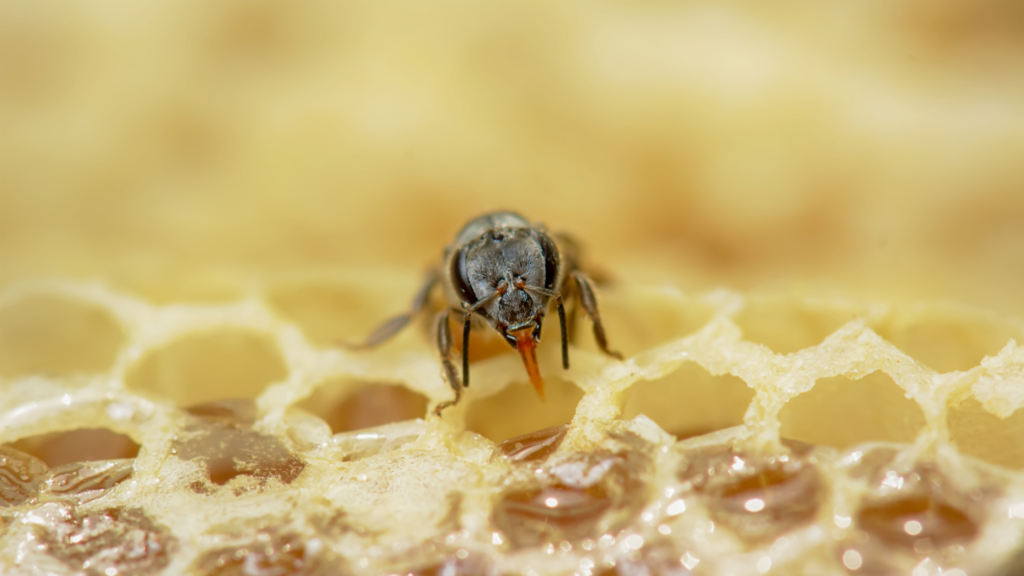Royal jelly and its properties
Royal Jelly: Nature's Elixir of Vitality and its Extraordinary Properties
Royal jelly, often referred to as “bee milk,” is a remarkable substance produced by honey bees. It plays a vital role in the development and nourishment of queen bees, leading to their remarkable size and longevity. Royal jelly has captivated the attention of researchers and health enthusiasts alike due to its unique composition and potential health benefits. In this article, we will delve into the fascinating world of royal jelly, exploring its properties and the potential positive effects it may have on human health.
Royal jelly and its properties:
Royal jelly is a complex substance composed of water, proteins, sugars, lipids, vitamins, minerals, and various bioactive compounds. The exact composition can vary depending on factors such as the age of the worker bees and the environment. Royal jelly is particularly rich in proteins, including unique proteins called royalactin and royalisin, which are believed to contribute to its special properties.
Royal jelly is considered a nutrient-dense food source. It contains essential amino acids, fatty acids, and a range of vitamins and minerals, including B vitamins, vitamin C, vitamin E, and trace minerals like calcium, magnesium, and zinc. This nutritional profile contributes to its potential health benefits and makes it a popular supplement in natural health practices.
- Immune System Support: Royal jelly is believed to possess immune-enhancing properties. It may help stimulate immune cell activity, enhance antibody production, and support overall immune system function. These effects could contribute to a stronger immune response and improved defense against pathogens.
- Antioxidant Activity: Royal jelly is rich in antioxidants, including flavonoids and phenolic compounds. These antioxidants help combat oxidative stress, protect cells from damage caused by free radicals, and contribute to overall cellular health and longevity.
- Skin Health and Anti-Aging: The unique properties of royal jelly have led to its inclusion in various skincare products. It is believed to have moisturizing, soothing, and anti-aging effects on the skin. Royal jelly’s nutrient content, combined with its antioxidant and anti-inflammatory properties, may help improve skin elasticity, reduce the appearance of wrinkles, and promote a more youthful complexion.
- Energy and Vitality: Royal jelly has long been associated with promoting energy and vitality. Some individuals use royal jelly supplements as a natural energy booster and to support overall well-being. Its nutritional composition, including B vitamins and amino acids, may contribute to improved energy levels and vitality.
- Reproductive Health: Royal jelly has been explored for its potential effects on reproductive health. Animal studies suggest that it may have positive effects on fertility and reproductive hormone balance. However, further research is needed to establish its specific mechanisms and potential applications in human reproductive health.
While royal jelly is generally considered safe for most people, it can cause allergic reactions in some individuals. Those with known allergies to bee products, such as honey or bee stings, should exercise caution and consult with a healthcare professional before using royal jelly. It is also not recommended for infants under the age of one year.
Royal jelly, with its unique composition and potential health benefits, remains an intriguing substance that continues to captivate researchers and health enthusiasts alike. While further studies are needed to fully understand its mechanisms and establish its efficacy, royal jelly’s rich nutrient content, potential immune-boosting effects, and role in skin health make it a subject of interest. As we unlock more of its secrets, royal jelly may find its place in supporting human health and well-being, offering a glimpse into the remarkable world of honey bee products.
More From The Hive:

A Comprehensive Guide to Australian Honey: Types, Production, and Benefits
Australia is home to some of the world’s finest honey, known for its unique flavors, exceptional quality, and health benefits. Thanks to its diverse flora and pristine natural environment, Australia produces honey that reflects the rich biodiversity of its landscapes. Whether it’s the famous Manuka honey from the Leptospermum trees

An In-Depth Guide to Honey in the United States of America (USA): Types, Production, and Benefits
Honey, one of nature’s sweetest treasures, has been an integral part of human diets and cultures for thousands of years. In the United States of America (USA), honey production is not only a thriving industry but also a testament to the country’s diverse ecosystems. From the tropical blossoms of Florida

The Small Honey Bee (Apis florea): A Comprehensive Guide to One of Nature’s Tiny Pollinators
The Small Honey Bee, scientifically known as Apis florea, is one of the lesser-known species of honey bees, yet it plays a vital role in the ecosystems of Asia and parts of the Middle East. Despite its size, the Apis florea bee is a remarkable pollinator, and its unique biology

Exploring the Sweet Diversity of Canadian Honey: A Guide to Types and Flavors
Canada is home to a rich tapestry of landscapes and climates, each contributing to the unique flavors and types of honey produced across the country. From the prairies of Alberta to the forests of British Columbia, Canadian honey reflects the diverse flora that bees visit. In this blog, we will

The Rock Honey Bee (Apis laboriosa): Guardians of the Himalayan Honey
The Rock Honey Bee (Apis laboriosa) is an awe-inspiring species that thrives in the rugged landscapes of the Himalayas, where it builds massive nests on vertical cliffs. Known for producing highly prized wild honey and for its ability to endure extreme mountain conditions, this bee species has captivated researchers, beekeepers,

The Giant Honey Bee (Apis dorsata): Nature’s Fearless Honey Maker
The Giant Honey Bee, scientifically known as Apis dorsata, is a remarkable species native to South and Southeast Asia. Known for its impressive size, bold temperament, and incredible honey-producing capabilities, this bee plays a crucial role in the ecosystem and supports human livelihoods. Despite its importance, the Giant Honey Bee
